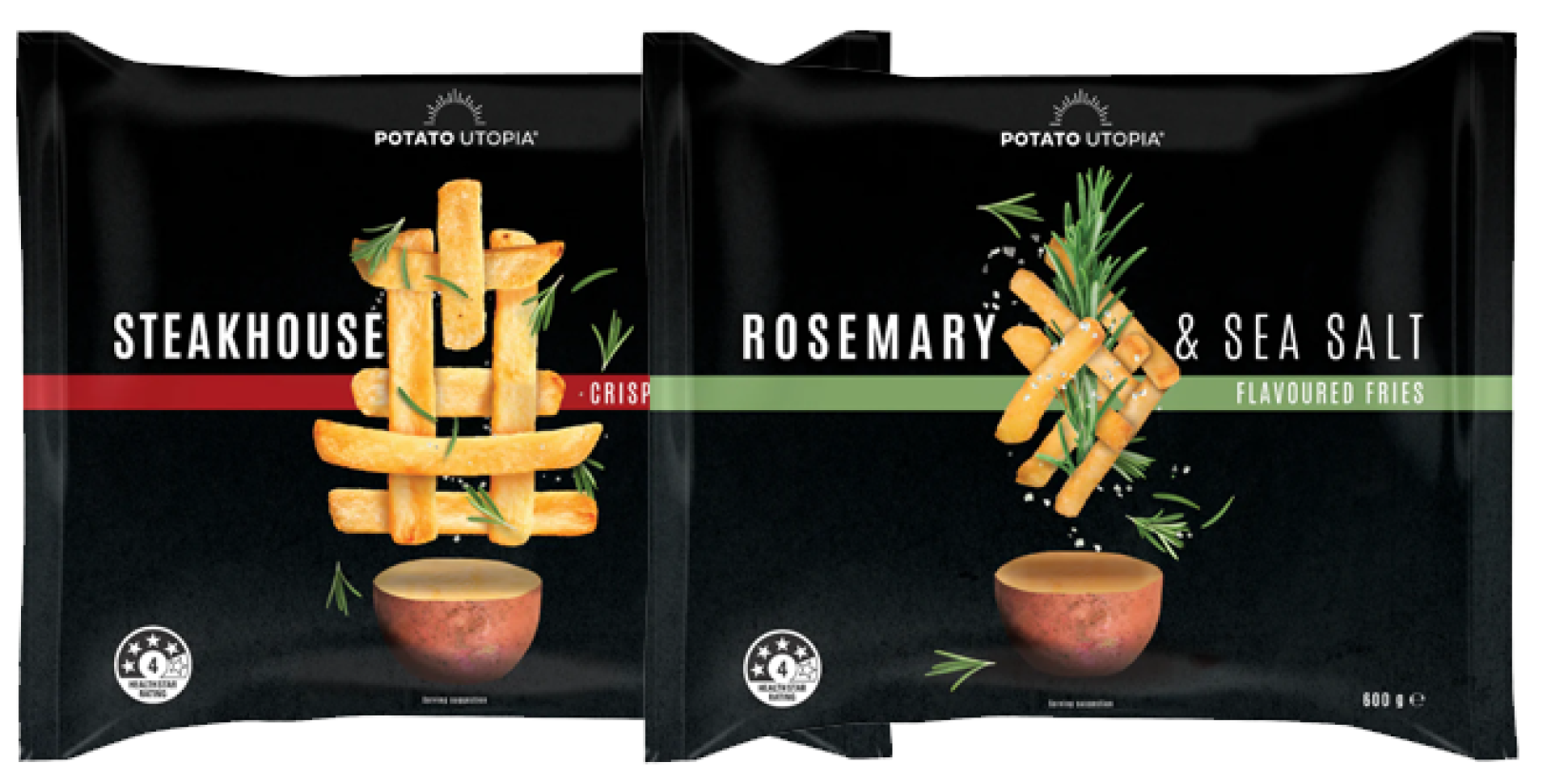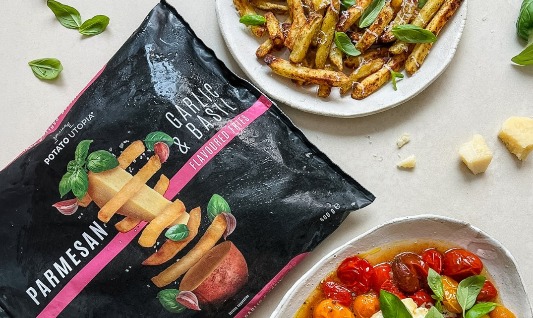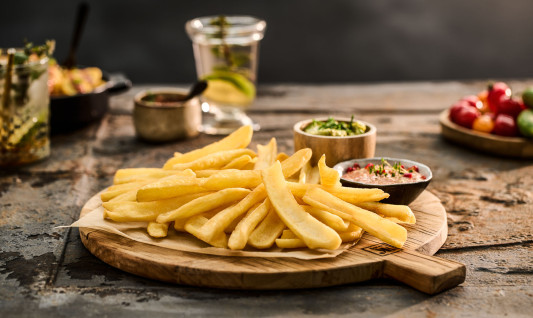
Continued retail success calls for construction of challenger brands

Reshaping consumer preferences
Retail chains have challenged the dominance of traditional brands. First on price, then on quality, turning customer brands into powerhouse brands or by offering challenger brands. Having a strong brand identity that rivals traditional brands thanks to strategic shelf placement, smart (social media) marketing, and moving toward a multichannel approach with a perfect connection between offline and online.
A seamless connection between online and offline will be an important next step for retail chains to put their store brands on par with traditional brands when speaking identity, recognizability and memorability. A cohesive and consistent approach across channels and considering a wide array of touchpoints will benefit both in store and online sales. Client Potato Utopia uses a clever back-and-forth strategy where both in store promotion and product packaging leads to online inspirational content, in turn driving in-store purchasing.
Digital brand approach
Some retail chains have already integrated an extensive digital brand approach, prominently showcasing their own brands alongside traditional brands or third-party products. Costco for example pushes its Kirkland Signature brand across various categories on its website, while Tesco builds on its in-store brand trust by promoting the Tesco Finest and Tesco Value products online.
But what’s the appeal?
Why should retail chains take the effort and resources to lift their store brands to actual challenger brands. Well, first and foremost it breeds chain specific brand loyalty. You build trust among consumers, and the brand benefits from the halo effect of the retailer’s reputation. Challenger brands asking for repeat purchases foster a long-term relationship with not only the brand, but also the chain. There are other bonuses worth mentioning:
-
Quality assurance
we’ve touched on this before: contrary to the outdated perception of private labels, where the only differentiation was pricing, retailers have invested in ensure consistent quality of their store brands. They offer comparable—if not superior—quality to national brands. -
Value proposition
The pricing aspect still holds true. Challenger brands propose supreme value for money. An aspect that is becoming increasingly important in the premium tier, rather than the discount tier. -
Diverse product range
From everyday essentials to premium offerings, customer brands now span a diverse spectrum of products, catering to various consumer preferences and lifestyles. In the frozen category, this versatility enables retailers to capture a significant share of the market by offering a comprehensive range of frozen foods, including meals, snacks, and desserts and a well-considered tiering in quality and price.
Conclusion
As private label aims continued growth, there will be an increased focus on value over volume. Pricing is still a solid argument in favor of customer brands, but the gaps are getting closer. Potato Utopia is a perfect example of how a challenger brand can thrive and provide private label as a whole with new opportunities. Retail will have to look for ways to integrate and showcase their products in store, but also online. Adopting a multichannel mindset that seamlessly connects online and offline is key as the majority of modern consumers’ buyer journey today starts online.
It is exactly there that Agristo differentiates itself: helping private label and challenge brands create a range suited to meet (local) needs and compete with traditional brands with relevant, qualitative solutions.



